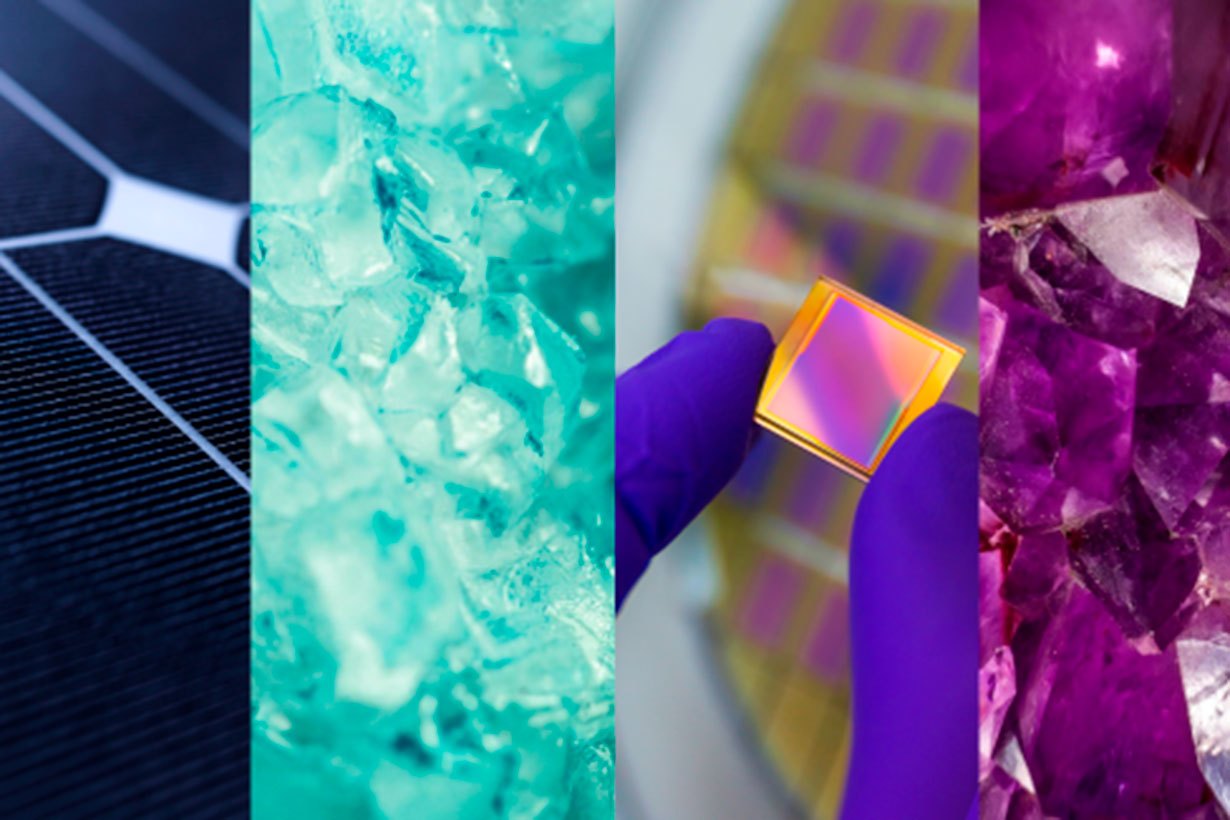CLOSE
About Elements
TANAKA is a leading company in the field of precious metals.
Advanced materials and solutions that support societal progress, the development stories behind them, the voices of engineers, and our management philosophy and vision—
Elements is an online media platform that shares insights that lead to a better society and a more prosperous future for the planet under the slogan “Mastering Precious Metals.”

Google DeepMind’s materials AI has already discovered 2.2 million new crystals

Researchers at Google DeepMind and Lawrence Berkeley National Laboratory today announced in a stunning scientific breakthrough that they have developed a new AI system called GNoME that has discovered over 2 million new materials that could be used to develop technologies like batteries, solar panels, and computer chips.
The research was published this week in two papers in the scientific journal Nature. In one study, DeepMind researchers explain how they scaled up deep learning techniques to enable GNoME to explore possible material structures with unprecedented efficiency.
In 17 days, the AI system was able to identify 2.2 million potentially stable new inorganic crystal structures, over 700 of which have already been experimentally validated. This represents almost a 10x increase over previously known stable inorganic crystals.

The second paper explains how GNoME’s predictions were tested using autonomous robotic systems at Berkeley Lab. Over 17 days of continuous automated experiments, the system successfully synthesized 41 out of 58 of the predicted compounds, an exceptionally high 71% success rate.
Public database could accelerate innovation
The newly discovered materials data has been made publicly available via the Materials Project database. Researchers will be able to screen through the structures to identify materials with desired properties for real-world applications.
For example, the researchers identified 52,000 potential new 2D layered materials similar to graphene, 25 times more potential solid lithium-ion conductors than previous studies, and 15 more lithium-manganese oxide compounds that could replace lithium-cobalt oxide in batteries.
Google found 736 of its predicted materials were also discovered independently by scientists worldwide. Pictured are six examples, from a unique optical material (Li4MgGe2S7) to a potential superconductor (Mo5GeB2). Image Credit: Google Deepmind
Autonomous lab achieves high success rate
The key to GNoME’s capabilities is its use of sophisticated graph neural networks that can accurately predict the stability of proposed crystal structures in a fraction of a second. This allows it to efficiently filter enormous numbers of computer-generated candidates down to the most promising ones.
While previous machine learning techniques struggled to estimate the energies and stability of potential new materials, the researchers’ techniques demonstrate that with enough data and compute power, deep learning can deliver astonishing new insights.
“The high success rate demonstrates the effectiveness of artificial-intelligence-driven platforms for autonomous materials discovery and motivates further integration of computations, historical knowledge and robotics,” the researchers explained in their study.
A new era in materials science
The studies have tremendous implications for the future of scientific discovery and the use of artificial intelligence in material science research. This type of AI-driven approach could expedite the creation of new materials for specific applications, potentially leading to faster innovation and cost reduction in product development.
The use of AI and deep learning also hints at a future where manual, time-consuming lab experiments could be minimized or even completely eliminated, enabling scientists to focus more on design and analysis of unique compounds.
The impact of these developments is enormous, opening a new chapter in materials science that could drive innovation in numerous fields, from creating more efficient energy storage systems to developing advanced medical equipment. As material discovery enters this new era, the fusion of artificial intelligence, deep learning, and scientific research continues to push the boundaries of what is possible.
This article was written by Michael Nuñez from VentureBeat and was legally licensed through the DiveMarketplace by Industry Dive. Please direct all licensing questions to legal@industrydive.com.








